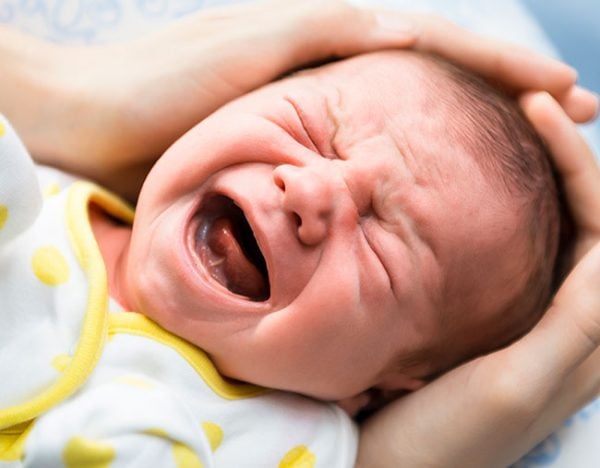Author: Hannah Dahlen, Western Sydney University and Charlene Thornton, Western Sydney University.
Women often express a fear of giving birth en route to the hospital, and these fears have some basis. Dramatic videos do the rounds on social media of women giving birth to babies in cars, on their front lawn, or as recently happened, in the car alone and then driving themselves to hospital.
In Australia, around four to five in 1,000 births are recorded as “other”, meaning the birth didn’t occur in hospital, in a birth centre, or as a planned home birth. The birth may occur in the woman’s home, en route to the hospital or in ambulances where a midwife or doctor is not in attendance. More babies are born as unplanned out of hospital births than as planned home births in Australia. We often refer to these births as “born before arrival”.
Babies born before arrival are more likely to be premature (12.5 per cent compared to 7.3 per cent), be smaller, and most likely be a second baby, and a girl (possibly because they are smaller).
In a new study looking at ten years of births in NSW, we found women more likely to deliver early are women of low socioeconomic status, those living in rural or coastal areas and those living in areas with high rates of planned home birth.




Top Comments
Yep! This was me! After my 42 hour marathon labour with my son, that was a stop-start ordeal, I really wasn’t expecting a 3.5 hour labour! And considering bub was full posterior, which generally means a longer labour, I and my Midwife Mum were caught completely off guard.
The first 2 hours I managed really well. We were even out enjoying some live music at the Bontanical Gardens when I had my first contraction. I stayed there for 1.5 hours.
But once home, things went into overdrive and the pain went through the roof. We started making preparations to head to the hospital, and even callled our Midwife. But 20mins later, my body took over and I partially birthed my membranes, still intact.
We called the ambulance, Mum and my husband got towels and I was able to hold off pushing until they arrived. Alas I had a short cord so couldn’t hold bub, but she was clearly fine from all the screaming and she was wrapped up nice and warm! My midwife arrived 7 mins later and helped me deliver my placenta and then cut the cord and I was able to do skin-to-skin. Unfortunately the shock of it all meant I did bleed too much so was transported via ambulance to hospital. Thankfully the blood loss was just under 1L so no surgery was needed.
Overall, it was an amazing experience and I’m thankful for all the support!